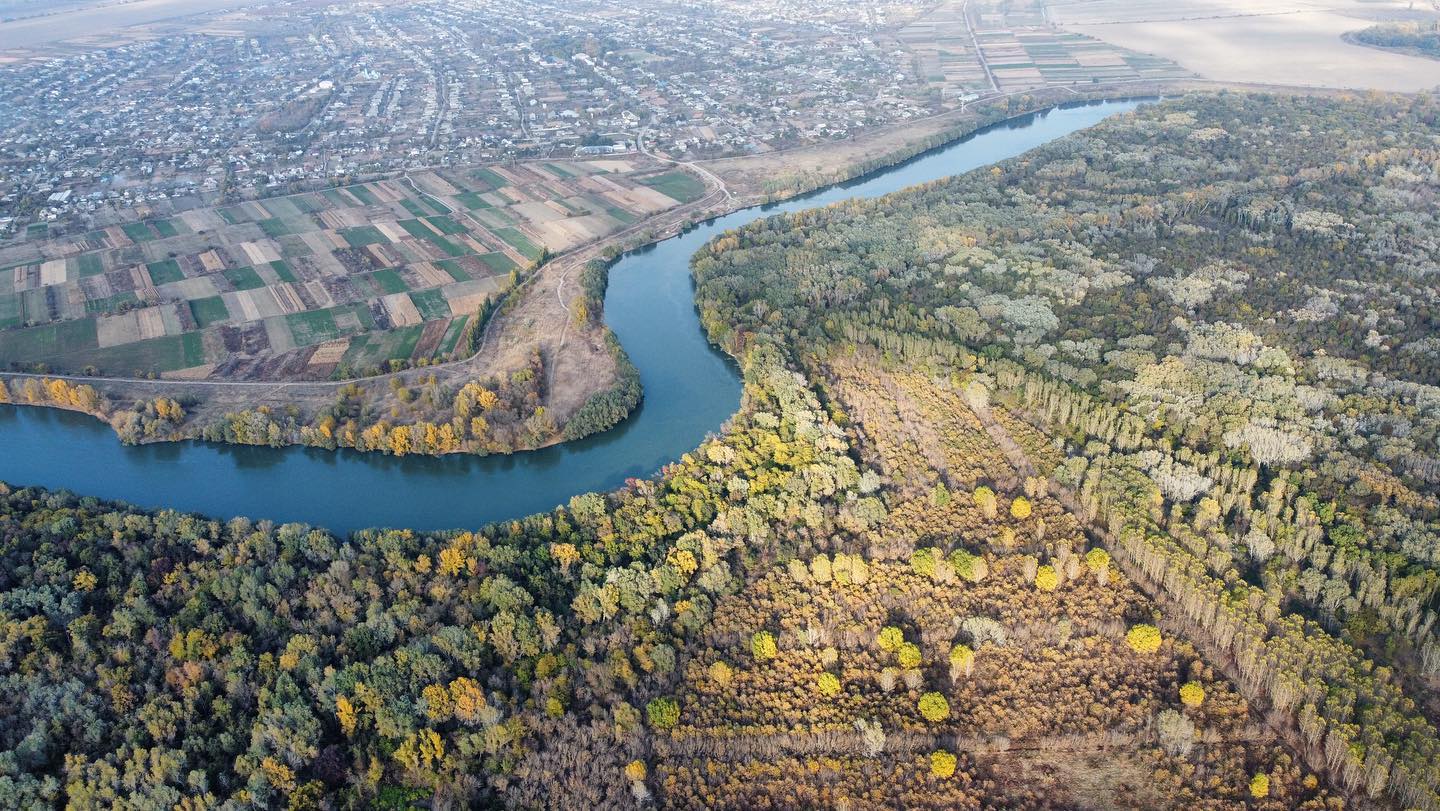
Discover Moldova with #MOLDPRES: Lower Dniester National Park, living example of friendship between man and nature
The lower part of the Dniester River and the villages of the region have undergone significant transformations, in order to create favorable conditions for the coexistence of man and nature. This occurs under the umbrella of the Lower Dniester National Park, established in March 2022.
Many confuse the national park with a scientific reserve. However, there are differences between the two.
A scientific reserve is a terrestrial and/or aquatic area where scientific research is conducted, aimed at conserving biodiversity. Therefore, activities that might affect the natural evolution of processes are prohibited here.
The national park, on the other hand, is a space which includes geographical features, landscapes, various species of plants and animals and places of cultural and historical value. Like a scientific reserve, a national park is established for scientific research. The difference is that recreational, economic, cultural, tourist, and other activities are allowed in a national park. It is important to note that a park still has an area that is fully protected like a natural reserve.
The Lower Dniester National Park covers an area of almost 62 thousand hectares within the boundaries of 20 localities from the districts of Stefan Voda, Causeni, and four localities on the left bank of Dniester.
The base of the National Park is the Ramsar wetland Lower Dniester, which is the most biodiverse wetland of Moldova, with 200 bird species, 83 fish species, and 1,000 plant species.
Particularly valuable are the old beds of Dniester of different ages, especially the Nistrul Chior (Blind Dniester), which is a natural monument with a length of about 42 km. Also here, there are the secular poplar forests, which have almost disappeared in Europe. In addition, there are ash riparian forests, which represent a European-important ecosystem, willow swamp riparian forests and tall herb meadows, which represent a deficient ecosystem in the region. Small but valuable remains of oak woods and steppe have also been preserved here. The land features are extremely varied. Among them, the system of curved meanders of Dniester and its old bed stand out. About 100 archaeological monuments are known within the park's territory.
The government approved the Law regarding the founding of the Lower Dniester National Park in March 2022. The protected area stretches over 62,000 hectares within the territorial borders of 13 localities located in the districts of Stefan Voda and Causeni and three settlements placed on situated on the left banks of Dniester.
The purpose of the National Park is to protect biological diversity, ensure the maintenance, conservation and rational use of natural resources. At the same time, the creation of this protected natural area ensures the preservation of natural complexes of major importance and provides an additional impetus for the development of settlements and attracting tourists.
The Lower Dniester National Park is structured into functional zones with distinct legal regimes: from strictly protected areas to implementing economic activities which do not contradict the regime of the national park.
In Moldova, there are several parks and natural reserves protected by the state, such as: Orhei National Park, scientific reserves Princely Forest, Codrii (The Forests) Iagorlîc, Lower Prut, Plaiul Fagului.
Correspondent: Lilia Grubii
Discover Moldova with #MOLDPRES: Wetlands - natural heritage assets, vital for country's sustainable development
Moldovan parliament speaker visits Romanian Army veteran, aged 106 years
Romanian Language and Culture Centre reopened at State University of Comrat
Romanian language textbooks distributed in kindergartens from Gagauz Autonomy
Discover Moldova with #MOLDPRES: Three New Routes from Ungheni Enrich Country's Tourism Bid
Over 360,000 Moldovan citizens live in Transnistrian region
Discover Moldova with #MOLDPRES: rehabilitation works at Orheiul Vechi Reserve transforms destination into national, international Tourism Hub
Discover Moldova with #MOLDPRES: winter holidays end with Baptism of the Lord, marked by more traditions, customs
SUMMING-UP 2024// Centru Regional Development Agency: year full of achievements, important projects for Moldova's central region
Moldovan parliament speaker condemns Russian missile attacks on more Ukrainian cities
Swiss Agency for Development and Cooperation to provide support for strengthening parliamentary democracy in Moldova
Head of state to meet Moldovan Diaspora in Rome
Moldovan foreign affairs ministry issues travel alert for India
PHOTO GALLERY // Event on presentation of tactic equipment provided by European Union to Interior Ministry, Defence Ministry
Moldovan PM has meeting with vice-president of European Commisssion
MP on Easter aid for families
For first time, residential blocks can receive direct state subsidies for energy efficiency works
EU head congratulates Chisinau authorities for progress in European integration process
Several winegrowers from Cahul created cluster to boost exports to European market
Heavy traffic at Sculeni Border Crossing Point on way out of Moldova
EU official on visit to Chișinău
Moldovans abroad can register to vote in parliamentary elections
Moldovan president condemns attack on Kyiv
Moldovan farmers have several financing options this year
National Bank of Moldova, World Bank Group hold high-level discussions on macroeconomic stability, European Integration of Moldova


